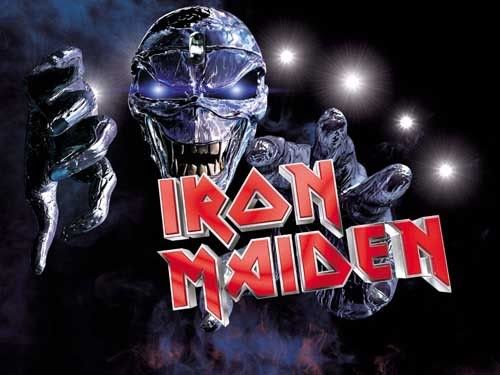By Jon Hurdle
PHILADELPHIA (Reuters) - The U.S. Army, struggling to ensure it has enough manpower as it fights wars in Iraq and Afghanistan, is wooing young Americans with video games, Google maps and simulated attacks on enemy positions from an Apache helicopter.
Departing from the recruiting environment of metal tables and uniformed soldiers in a drab military building, the Army has invested $12 million in a facility that looks like a cross between a hotel lobby and a video arcade.
The U.S. Army Experience Center at the Franklin Mills shopping mall in northeast Philadelphia has 60 personal computers loaded with military video games, 19 Xbox 360 video game controllers and a series of interactive screens describing military bases and career options in great detail.
Potential recruits can hang out on couches and listen to rock music that fills the space.
The center is the first of its kind and opened in August as part of a two-year experiment. So far, it has signed up 33 full-time soldiers and five reservists -- roughly matching the performance of five traditional recruiting centers it replaced.
The U.S. military says it has been meeting or exceeding its recruiting and retention goals, with 185,000 men and women entering active-duty military service in the fiscal year that ended on September 30 -- the highest number since 2003.
Defense officials say the recession and rising unemployment were likely to boost recruiting.
The Philadelphia center lures recruits with a separate room for prospective soldiers to "fire" from a real Humvee on enemy encampments projected on a 15-foot-high (4.5-meter-high) battleground scenario that also has deafening sound effects.
In another room, those inclined to attack from above can join helicopter raids in which enemy soldiers emerge from hide-outs to be felled by automatic gunfire rattling from a simulator modeled on an Apache or Blackhawk helicopter.
The Army is not simply looking for new recruits, said First Sgt. Randy Jennings, who runs the center. It also aims to dispel misperceptions about Army life.
"We want them to know that being in the Army isn't just about carrying weapons and busting down doors," said Jennings, who wears slacks and a polo shirt rather than a uniform. About 80 percent of soldiers are not involved in direct combat roles, he said.
GLAMORIZING WAR?
Jesse Hamilton, a former Army staff sergeant who served in Iraq in 2005 and 2006, said the use of video games glamorized war and misled potential recruits, calling it "very deceiving and very far from realistic."
"You can't simulate the loss when you see people getting killed," said Hamilton, who left the Army after his Iraq tour and is now a member of Iraq Veterans Against the War.
"It's not very likely you are going to get into a firefight," he said. "The only way to simulate the heat is holding a blow dryer to your face."
The center is an experiment in boosting urban recruitment, which has traditionally lagged behind that of rural areas.
Eddie Abuali, 20, who was waiting to take an Army aptitude test, said he felt more comfortable in the center than he would in a traditional recruiting office. "It's a more relaxed environment," said Abuali, who plans to join the Army when he graduates from college. "You don't feel like you are being pressured."
Project manager Maj. Larry Dillard said recruitment was more difficult about two years ago when the United States was struggling in Iraq and jobs at home were easier to get.
"Now the news coming out of Iraq is better and we are in an economic downturn. It will be easier," he said.
(Editing by Michelle Nichols and Daniel Trotta)





 free download Opera browser or OperaMini
free download Opera browser or OperaMini



